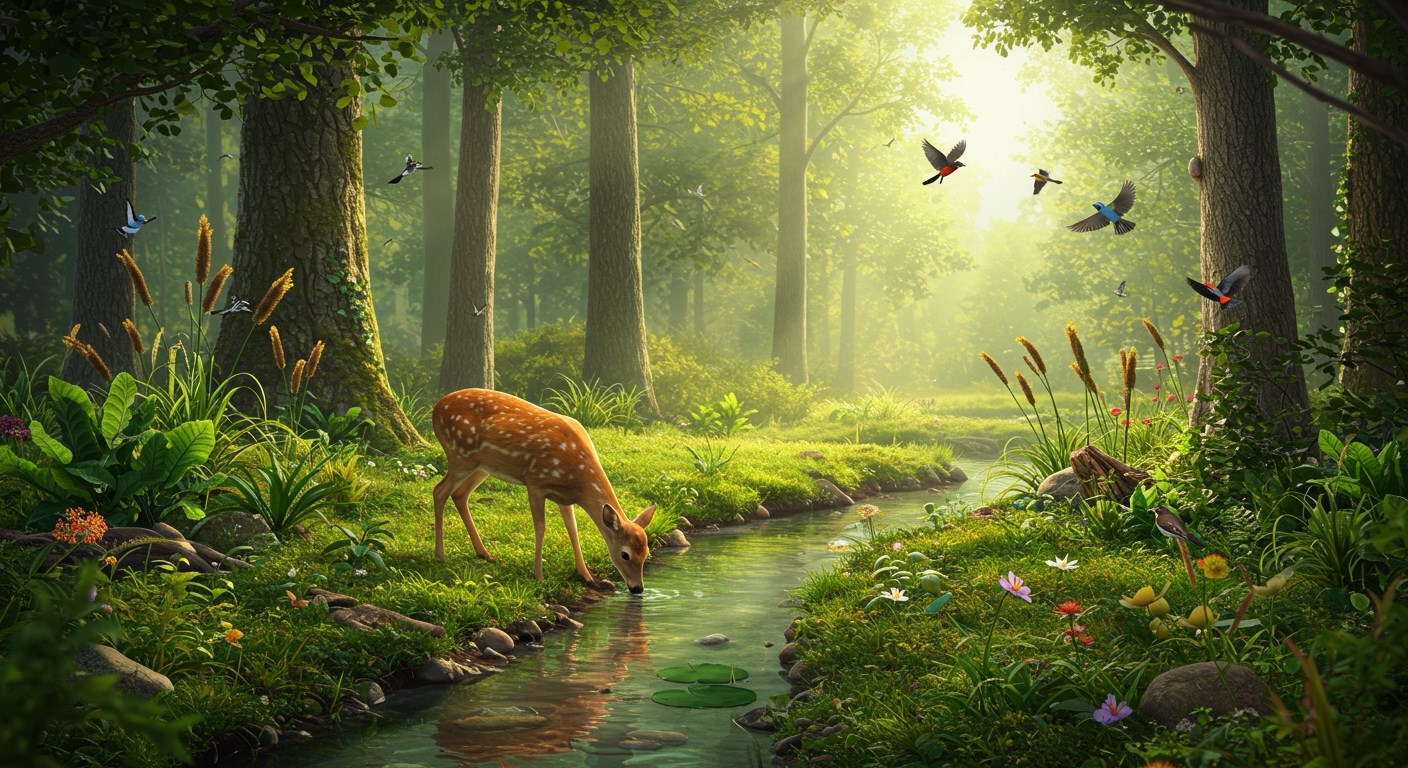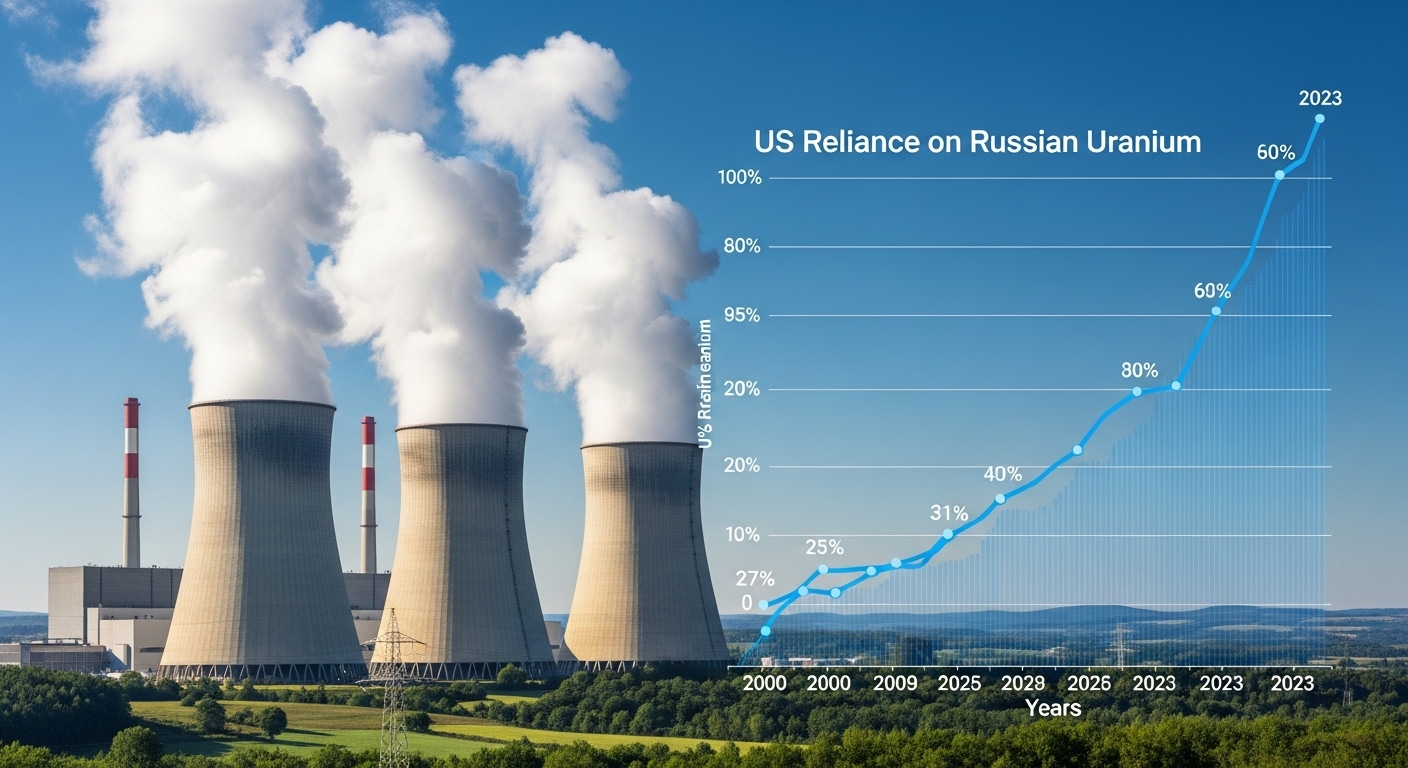
Have you ever looked around a forest, a pond, or even your own backyard and wondered how all the plants, animals, and even the weather work together? It’s not just a random collection of things; it’s a bustling, interconnected community! Welcome to the amazing world of ecosystems, where everything has a role to play.
Understanding ecosystems is crucial for appreciating our planet and learning how we can protect it. In this fun and easy guide, we’ll break down exactly what an ecosystem is, explore its essential components, discover where they exist, and see how they function as incredible natural systems. Get ready to uncover nature’s fascinating secrets!
What Exactly is an Ecosystem?
At its heart, an ecosystem is simply a community of living organisms interacting with each other and with their non-living environment. Think of it like a giant, complex neighborhood or a super-efficient team where every member, from the tiniest microbe to the largest tree, is connected and relies on each other. This idea of interdependence is key to understanding how nature works.
It’s a dynamic system where energy flows and materials cycle. From a vast ocean to a tiny puddle, every place where life interacts with its surroundings can be considered an ecosystem.

The Essential Ingredients: Components of an Ecosystem
Every ecosystem, big or small, is made up of two main types of components that work hand-in-hand to keep things running smoothly:
Biotic Components: The Living Team Members
These are all the living things within an ecosystem. They can be broadly categorized by how they get their food:
- Producers: These are the fantastic organisms that create their own food, usually by using sunlight (like plants and algae). They form the base of almost every food chain. Think of towering trees, soft grass, or vibrant flowers.
- Consumers: Unlike producers, consumers get their energy by eating other organisms. There are different types:
- Herbivores: Plant-eaters, like hopping rabbits or majestic deer.
- Carnivores: Meat-eaters, such as powerful lions or cunning wolves.
- Omnivores: Eat both plants and animals, just like humans or foraging bears.
- Decomposers: These are nature’s ultimate recyclers! Organisms like bacteria, fungi, and worms break down dead organic matter, returning vital nutrients to the soil for producers to use again.
Abiotic Components: The Non-Living Support Crew
These are all the non-living physical and chemical parts of an ecosystem that are crucial for life to thrive:
- Sunlight: The ultimate source of energy, powering producers and warming the environment.
- Water: Absolutely essential for all living things; life simply wouldn’t exist without it.
- Air: Provides vital gases like oxygen and carbon dioxide.
- Soil: Gives plants a place to grow and provides them with essential nutrients.
- Temperature: Dictates which types of plants and animals can survive and flourish in a particular area.
- Rocks/Minerals: Provide physical structure and contribute to the nutrients in soil and water.

Where Do Ecosystems Exist? Types and Examples
Ecosystems are incredibly diverse and can be found almost everywhere on Earth, from the grandest oceans to the smallest garden puddles. They generally fall into two broad categories:
Terrestrial Ecosystems (Land-Based)
These are ecosystems found on land:
- Forests: Lush, dense areas with many trees, home to countless animals and plants (e.g., rainforests, deciduous forests).
- Deserts: Dry environments, which can be hot or cold, with specialized plants and animals adapted to scarce water (e.g., Sahara Desert, Gobi Desert).
- Grasslands: Vast open areas dominated by various grasses, often home to grazing animals (e.g., African savannas, North American prairies).
- Tundras: Cold, treeless regions found in polar areas or high mountains, with permafrost (e.g., Arctic tundra).
Aquatic Ecosystems (Water-Based)
These are ecosystems found in water:
- Freshwater Ecosystems: Include non-salty bodies of water like rivers, lakes, ponds, and swamps.
- Saltwater Ecosystems: Comprise the vast oceans, vibrant coral reefs, and productive estuaries (where rivers meet the sea).

How Do Ecosystems Work? Interconnectedness and Energy Flow
The magic of an ecosystem lies in how its components interact, especially in the flow of energy. This is often illustrated through food chains and food webs.
A simple food chain shows how energy moves: Sunlight → Grass (Producer) → Rabbit (Primary Consumer) → Fox (Secondary Consumer). But nature is more complex than a single chain; many chains interlink to form a food web, illustrating the multiple feeding relationships within an ecosystem.
All these interactions – feeding, sheltering, competing – work together to maintain a delicate balance or equilibrium. When one part of the ecosystem changes, it can affect everything else, highlighting just how interconnected nature truly is.
Why Are Ecosystems Important?
Ecosystems aren’t just fascinating; they are absolutely vital for our planet and for us! Here’s why:
- Biodiversity: They support an incredible variety of life, ensuring a rich tapestry of plants and animals.
- Natural Resources: They provide us with essential resources like clean air to breathe, fresh water to drink, food to eat, and raw materials for building.
- Climate Regulation: Forests absorb carbon dioxide, and oceans help regulate global temperatures, playing a huge role in stabilizing our climate.
- Recreational Value: Ecosystems offer beautiful places for hiking, fishing, learning, and simply enjoying the beauty of nature.
It’s clear that human activities like pollution or deforestation can significantly impact ecosystems, disturbing their balance. Protecting these natural systems is not just good for nature; it’s essential for our own well-being and future.
Fun Facts About Ecosystems
- Did you know that your own backyard is a small ecosystem?
- The smallest ecosystem can be a single drop of water, teeming with microscopic life!
- Some ecosystems, like ancient forests or deep-sea vents, can be hundreds of thousands of years old.
Conclusion
From the towering trees of a forest to the tiny organisms in a pond, every part of our natural world is connected in an intricate dance of life. An ecosystem is a powerful reminder of nature’s incredible design, where living and non-living elements collaborate to create vibrant, self-sustaining communities.
Now that you know what an ecosystem is, we encourage you to look around and appreciate the amazing ecosystems in your own neighborhood and beyond. Every effort to understand and protect these natural wonders helps ensure a healthy planet for everyone!



